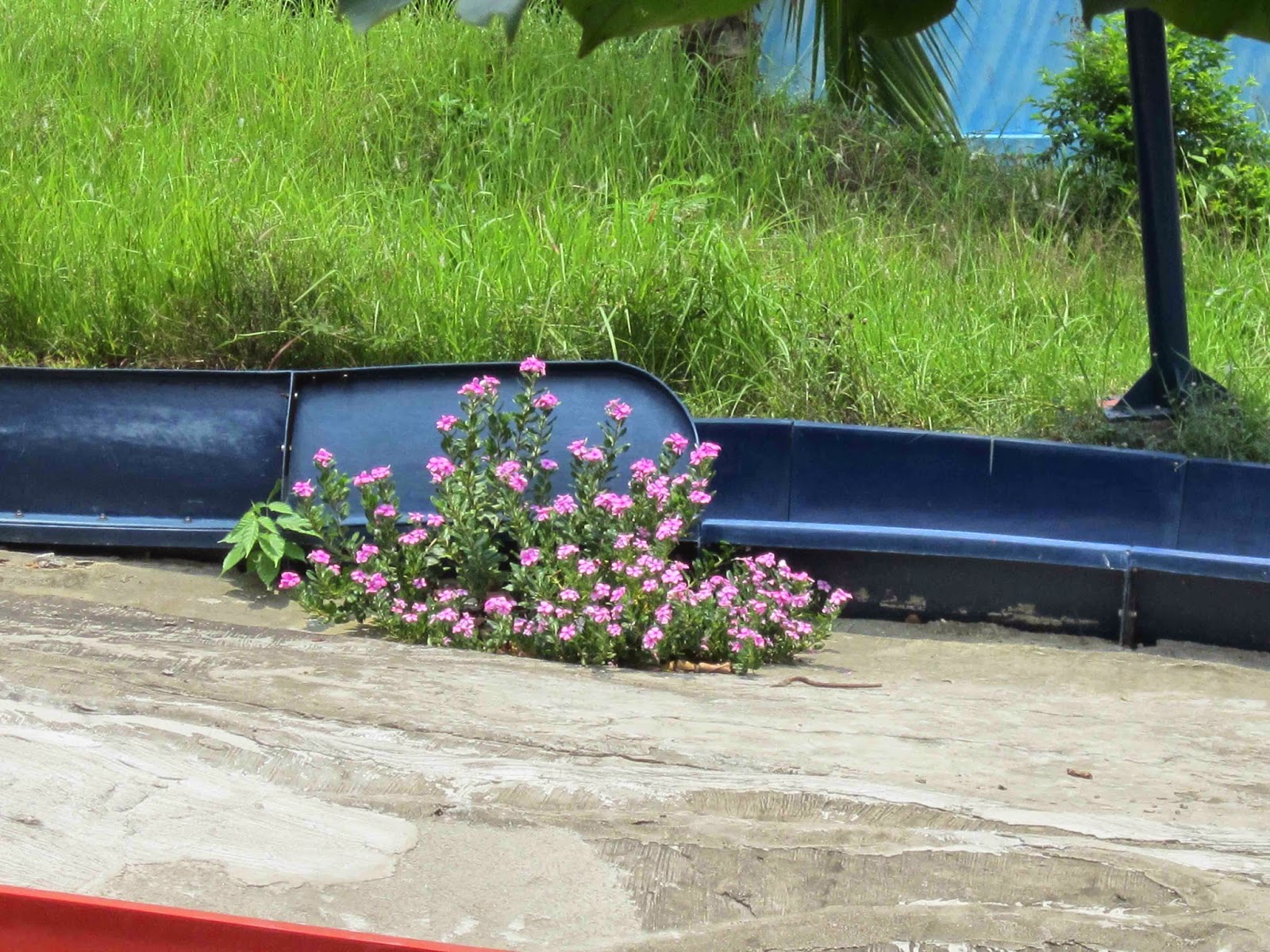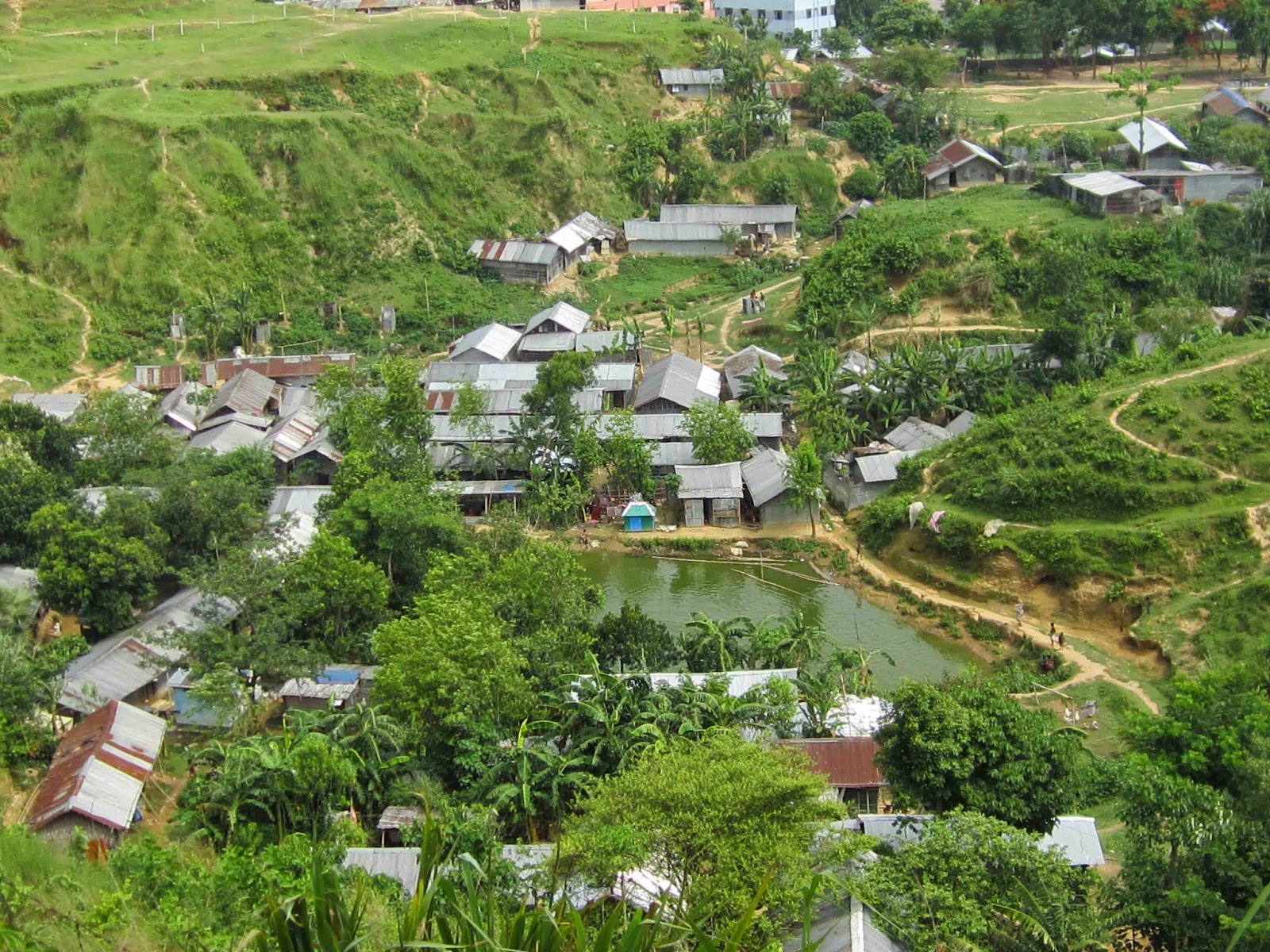The Great Wall of China is a series of fortification made of stone, brick, wood, and other materials, generally built along an east-to-west line across the historical northern borders of CHINA in part to protect the Chinese Empire or its prototypical states
against intrusions by various nomadic groups or military incursions by
various warlike peoples or forces. Several walls were being built as
early as the 7th century BC these, later joined together and made bigger and stronger, are now collectively referred to as the Great Wall. Especially famous is the wall built between 220–206 BC by the first Emperor of china Named Quin Shi Hung.
A comprehensive archaeological survey, using advanced technologies, has
concluded that the Ming walls measure 8,850 kilometer (5,500 mile). This is made up of 6,259 kilometer (3,889 mile) sections of actual wall, 359 km
(223 mi) of trenches and 2,232 kilometer (1,387 mile) of natural defensive
barriers such as hills and rivers. Another archaeological survey found that the entire wall with all of its branches measure out to be 21,196 kilometer (13,171 mile)
Quin Shi Hung conquered all opposing states and unified China in 221 BC, establishing the Quin Dynasty.
Intending to impose centralized rule and prevent the resurgence of
feudal lords, he ordered the destruction of the wall sections that
divided his empire along the former state borders. To position the
empire against the Xingnu
people from the north, he ordered the building of new walls to connect
the remaining fortifications along the empire's northern frontier.
Transporting the large quantity of materials required for construction
was difficult, so builders always tried to use local resources. Stones
from the mountains were used over mountain ranges, while rammed earth was used for construction in the plains. There are no surviving
historical records indicating the exact length and course of the Quin
Dynasty walls. Most of the ancient walls have eroded away over the
centuries, and very few sections remain today. The human cost of the
construction is unknown, but it has been estimated by some authors that
hundreds of thousands, if not up to a million, workers died building the Quin wall. The Lio Jin and Yuan
dynasties, who ruled Northern China throughout most of the 10th–13th
centuries, constructed defensive walls in the 12th century
The Great Wall concept was revived again during the Ming Dinasty in the 14th century, and following the Ming army's defeat by the Oirats in the Battle. The Ming had failed to gain a clear upper hand over the Mongolian
tribes after successive battles, and the long-drawn conflict was taking
a toll on the empire. The Ming adopted a new strategy to keep the nomadic tribes out by constructing walls along the northern border of China. Acknowledging the Mongol control established in the ordos desert, the wall followed the desert's southern edge instead of incorporating the bend of the yellow river.
 Towards the end of the Ming Dynasty, the Great Wall helped defend the empire against the Manchu invasions that began around 1600. Even after the loss of all of Liodong, the Ming army held the heavily fortified Shanhaiguan
pass, preventing the Manchus from conquering the Chinese heartland. The
Manchus were finally able to cross the Great Wall in 1644, after
Beijing had already fallen to Li Zicheng's
rebels. Before this time, the Manchus had crossed the Great Wall
multiple times to raid, but this time it was for conquest. The gates at
Shanhaiguan were opened by the commanding Ming general Wu Sangui on May 25 who formed an alliance with the Manchus, hoping to use the Manchus to expel the rebels from Beijing. The Manchus quickly seized Beijing, and defeated both the rebel-founded Shun Dynasty.
Towards the end of the Ming Dynasty, the Great Wall helped defend the empire against the Manchu invasions that began around 1600. Even after the loss of all of Liodong, the Ming army held the heavily fortified Shanhaiguan
pass, preventing the Manchus from conquering the Chinese heartland. The
Manchus were finally able to cross the Great Wall in 1644, after
Beijing had already fallen to Li Zicheng's
rebels. Before this time, the Manchus had crossed the Great Wall
multiple times to raid, but this time it was for conquest. The gates at
Shanhaiguan were opened by the commanding Ming general Wu Sangui on May 25 who formed an alliance with the Manchus, hoping to use the Manchus to expel the rebels from Beijing. The Manchus quickly seized Beijing, and defeated both the rebel-founded Shun Dynasty.
Under Quin rule, China's borders extended beyond the walls and Mongolia was annexed into the empire, so constructions on the Great Wall were discontinued. On the other hand, the so-called Willow Palisade, following a line similar to that of the Ming Liaodong Wall, was
constructed by the Quin rulers in Manchuria. Its purpose, however, was
not defense but rather migration control.































































